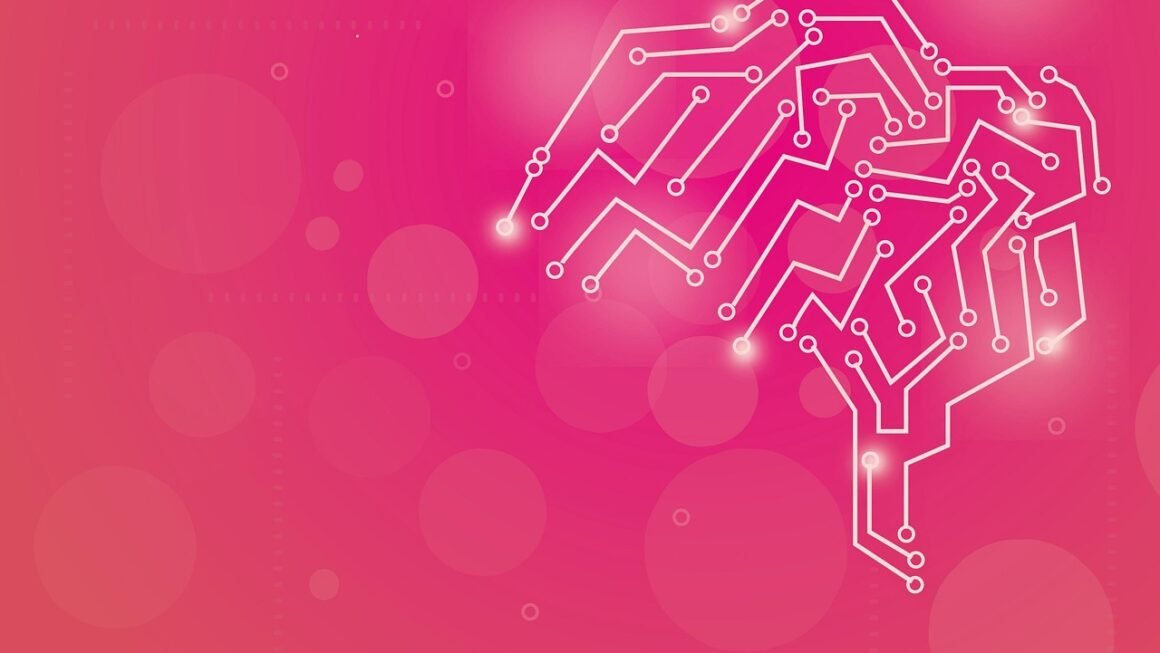Chatbots are rapidly transforming how businesses interact with customers. From answering simple inquiries to guiding users through complex processes, these AI-powered assistants are becoming indispensable tools for enhancing customer service, streamlining operations, and boosting revenue. This comprehensive guide explores the world of chatbots, delving into their functionality, benefits, applications, and future trends.
What Are Chatbots?
Definition and Functionality
Chatbots are computer programs designed to simulate conversations with human users. They use natural language processing (NLP), machine learning (ML), and artificial intelligence (AI) to understand user input and generate appropriate responses. This interaction can occur through text or voice, across various platforms like websites, messaging apps, and social media.
- NLP: Enables chatbots to understand the meaning behind human language, including slang, context, and intent.
- ML: Allows chatbots to learn from past interactions and improve their responses over time.
- AI: Powers the chatbot’s ability to make decisions and perform tasks based on user input.
Types of Chatbots
There are primarily two types of chatbots:
- Rule-Based Chatbots: These chatbots follow pre-defined rules and decision trees to answer user questions. They are effective for handling simple, repetitive tasks, such as providing FAQs or directing users to specific website pages.
- AI-Powered Chatbots: These chatbots use NLP and ML to understand user intent and provide more sophisticated and personalized responses. They can handle complex queries, learn from data, and adapt to changing user needs.
* Example: A customer support chatbot that can understand sentiment analysis and escalate a conversation to a human agent if a customer is frustrated.
Benefits of Implementing Chatbots
Improved Customer Service
Chatbots provide 24/7 customer support, addressing inquiries and resolving issues even outside of business hours. This instant availability enhances customer satisfaction and reduces wait times.
- Benefit: Increased customer satisfaction due to immediate support.
- Benefit: Reduced burden on human customer service agents, allowing them to focus on more complex issues.
- Benefit: Consistent and accurate responses, ensuring a uniform customer experience.
Increased Efficiency and Reduced Costs
Chatbots automate routine tasks, freeing up employees to focus on more strategic initiatives. This leads to increased efficiency and reduced operational costs.
- Example: An e-commerce chatbot that automatically processes order inquiries, shipping updates, and return requests, reducing the workload on the customer service team.
- Statistic: According to a Juniper Research study, chatbots are expected to save businesses $11 billion annually by 2023.
Enhanced Lead Generation and Sales
Chatbots can engage website visitors, qualify leads, and guide them through the sales funnel. They can also personalize product recommendations and offer discounts, increasing conversion rates.
- Actionable Takeaway: Use chatbots to proactively engage website visitors with targeted offers and personalized recommendations.
- Example: A real estate chatbot that asks visitors about their preferences and budget, then provides a list of suitable properties.
Data Collection and Insights
Chatbots collect valuable data about customer preferences, pain points, and behavior. This data can be used to improve products, services, and marketing strategies.
- Benefit: Gain a better understanding of customer needs and expectations.
- Benefit: Identify areas for improvement in products and services.
- Benefit: Personalize marketing campaigns based on customer data.
Implementing Chatbots: A Step-by-Step Guide
Defining Your Objectives
Before implementing a chatbot, it’s crucial to define your objectives. What specific problems are you trying to solve? What tasks do you want the chatbot to handle?
- Example: Improving customer service response times.
- Example: Reducing the workload on customer support agents.
- Example: Generating more leads from website visitors.
Choosing the Right Platform and Technology
Select a chatbot platform that aligns with your needs and budget. Consider factors such as ease of use, integration capabilities, and pricing.
- Options: Popular chatbot platforms include Dialogflow, Amazon Lex, Microsoft Bot Framework, and IBM Watson Assistant.
- Tip: Look for a platform that offers a visual interface for building chatbots, reducing the need for coding.
Designing the Conversation Flow
Create a well-defined conversation flow that guides users through different scenarios. Consider the questions users might ask and the responses the chatbot should provide.
- Best Practice: Use a flowchart to map out the conversation flow.
- Best Practice: Include options for users to escalate to a human agent if needed.
Training and Testing
Train your chatbot with relevant data and test it thoroughly to ensure it provides accurate and helpful responses.
- Tip: Use a diverse range of questions and scenarios during testing.
- Tip: Continuously monitor and refine the chatbot’s performance based on user feedback.
Examples of Chatbot Applications
Customer Support
Chatbots handle common customer inquiries, resolve basic issues, and provide 24/7 support.
- Example: An airline chatbot that allows customers to check flight status, change reservations, and request baggage information.
E-commerce
Chatbots assist customers with product selection, order placement, and tracking.
- Example: A fashion retailer chatbot that helps customers find items based on their style preferences and provides personalized recommendations.
Healthcare
Chatbots provide appointment scheduling, medication reminders, and answer frequently asked health questions.
- Example: A hospital chatbot that helps patients schedule appointments, access medical records, and find information about their conditions.
Finance
Chatbots assist customers with account management, transactions, and financial advice.
- Example: A bank chatbot that allows customers to check their balance, transfer funds, and apply for loans.
Conclusion
Chatbots are revolutionizing the way businesses interact with customers, offering numerous benefits such as improved customer service, increased efficiency, and enhanced lead generation. By understanding the different types of chatbots, defining clear objectives, and implementing them strategically, businesses can leverage this powerful technology to drive growth and success. As AI technology continues to advance, chatbots are poised to become even more sophisticated and integral to the future of customer engagement.



